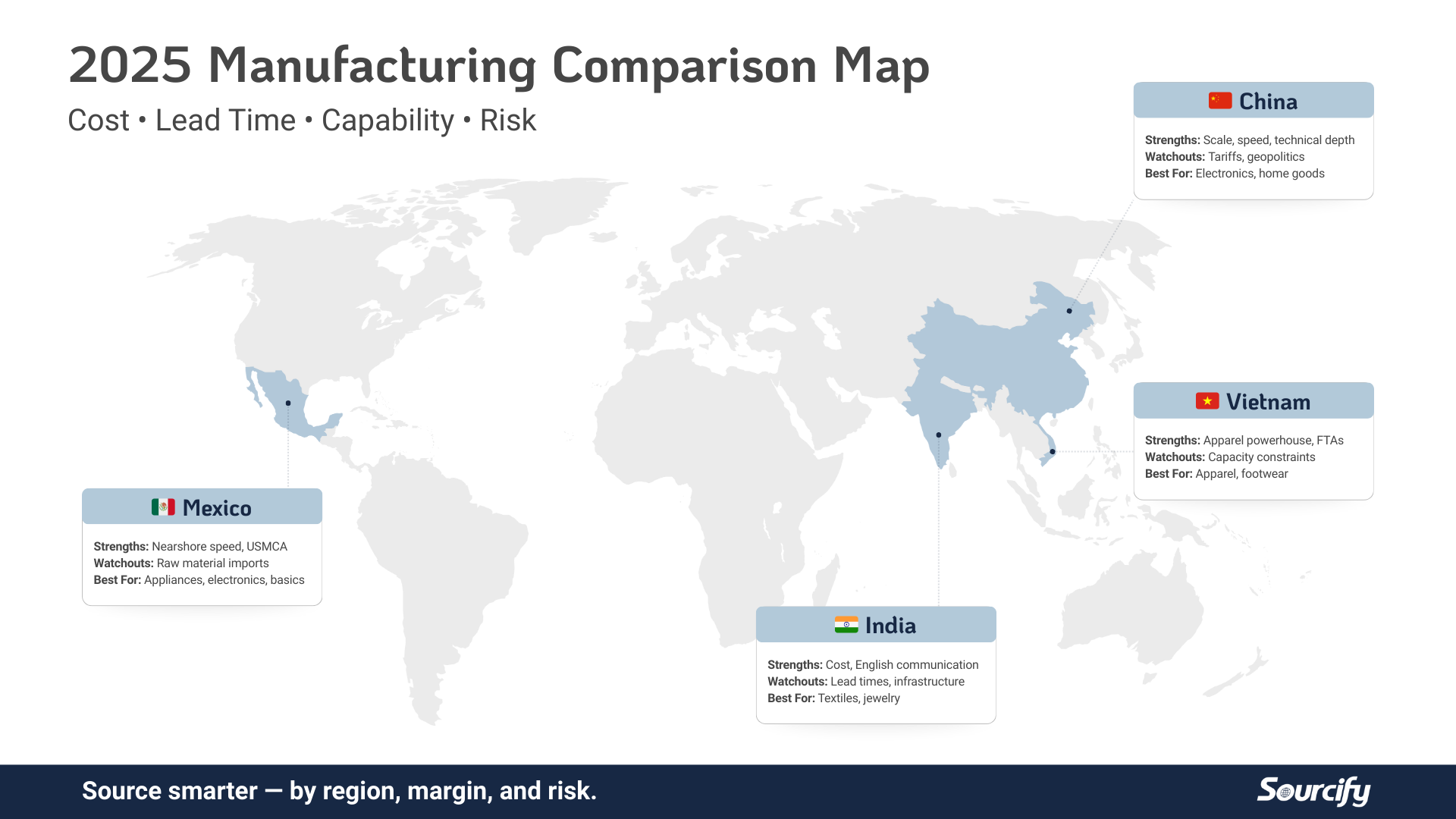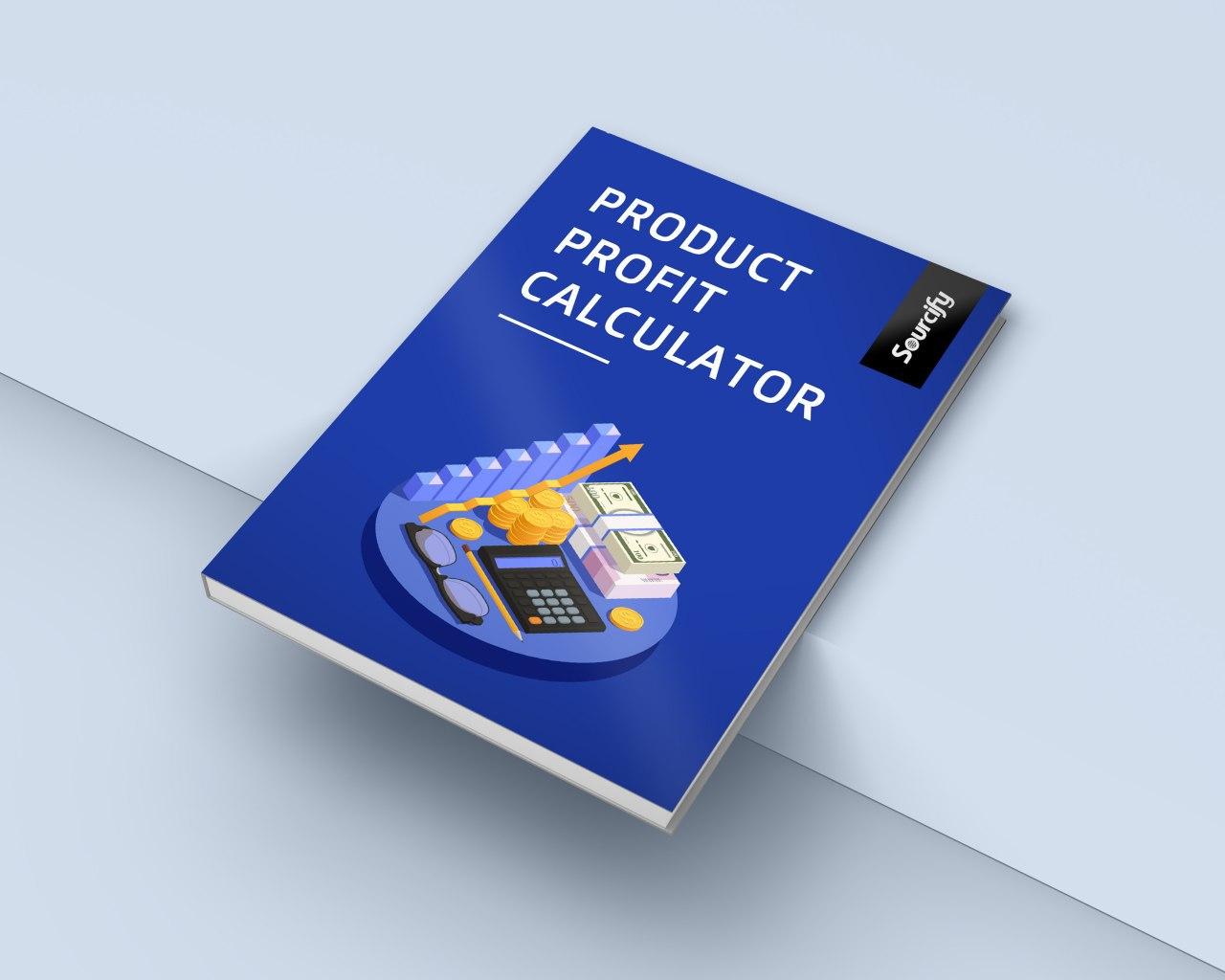Country of Origin (COO) might seem like a box to check on customs paperwork — but missteps here can cost brands time, money, and credibility with regulators. With tariffs, labeling rules, and international regulations all hinging on COO, even small mistakes can lead to big headaches.
Here are the most common country of origin mistakes importers make — and how to avoid them before they cost you.
1. Assuming COO = Where Most Work Is Done
The Mistake:
Many importers incorrectly assume that wherever most of the production happens determines the COO. In reality, U.S. Customs applies the “substantial transformation” test — meaning COO is based on where a product gained its essential character.
Real-World Example:
A brand assembled fitness trackers in Mexico using Chinese components. They listed Mexico as COO. But U.S. Customs ruled the assembly was too simple and the core functionality still came from China — triggering 25% Section 301 duties.
How to Avoid It:
Consult a customs expert to analyze where substantial transformation occurs. Document each production step to justify your COO decision.
2. Relying on the Factory’s Word
The Mistake:
Importers often take their supplier’s COO declaration at face value without verifying the full bill of materials or where components are made.
Real-World Example:
A fashion brand imported shoes marked “Made in Italy,” only to discover later that most materials were sourced and pre-assembled in China. Customs issued a penalty for incorrect labeling and misrepresentation.
How to Avoid It:
Request a full origin breakdown of all components and subassemblies. Make sure your supplier understands the legal definition of COO — not just marketing claims.
3. Mislabeling Products
The Mistake:
Improper or missing COO markings can result in seizure, fines, or delays. Labels must be visible, legible, and permanent (unless exceptions apply), and say the correct country — not just a brand’s HQ or design location.
Real-World Example:
A consumer electronics brand labeled its packaging “Designed in California” without listing the actual COO (China). CBP rejected the shipment until proper markings were added, delaying the launch by weeks.
How to Avoid It:
Ensure your labels meet the marking requirements under 19 CFR Part 134. Use “Made in [Country]” and avoid misleading phrases that imply U.S. origin unless justified.
4. Overlooking HTS and COO Interactions
The Mistake:
HTS codes and COO aren’t determined independently. The product’s classification can influence whether a change in assembly location actually changes the origin.
Real-World Example:
An importer tried to shift final assembly of smart thermostats to Vietnam to escape Chinese tariffs. But the HTS code was based on the embedded circuit boards — still made in China — so the COO remained Chinese, and the tariffs stayed.
How to Avoid It:
Work with a broker or classification specialist who understands how HTS rulings and COO decisions overlap. Review CBP’s rulings database for similar precedents.
5. Ignoring Trade Program Requirements
The Mistake:
Assuming a product qualifies for duty-free treatment under FTAs or GSP without checking the fine print on rules of origin, value-added thresholds, and required documentation.
Real-World Example:
A company claimed duty-free treatment under USMCA for apparel made in Mexico — but was flagged because the yarn was sourced from China, violating the “yarn forward” rule. Customs denied the claim and applied retroactive duties.
How to Avoid It:
Understand the specific rules for each trade agreement. Keep Certificates of Origin and supplier affidavits on file, and audit them regularly.
Final Takeaway
Country of origin is more than a label — it’s a critical factor in tariff rates, customs clearance, and regulatory compliance. As supply chains become more global and trade rules more complex, getting COO wrong can lead to costly penalties or shipment delays.
At Sourcify, we help brands navigate sourcing, classification, and compliance — including making sure your country of origin determinations are airtight. Whether you’re scaling production or shifting to new regions, our team ensures you avoid mistakes that cost you in the long run.
Need help reviewing your COO decisions or designing a tariff-smart supply chain? Let’s talk.




